|
2 |
SERIES COMIQUES TOL-SIM and other transparencies. |
|
Histoire l'eclairage à travers les
ages. History of lighting through the ages. A complete set of 12 transparencies printed on cellophane paper and mounted in a cardboard frame. Size: 8 x 10 cm.  All
12 images have the signature: L. Fillol. All
12 images have the signature: L. Fillol.This could be the French artist Léon Fillol who draw illustrations for popular scientific magazines like 'Journal des Voyages' around 1910. |
 | |
 |
 | |
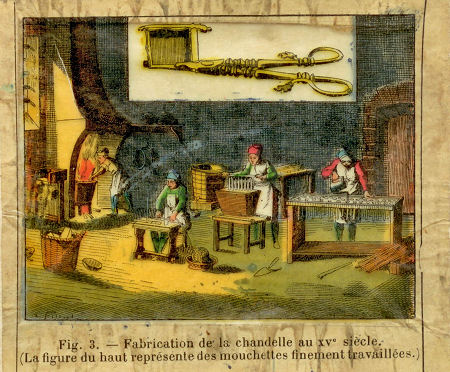 |
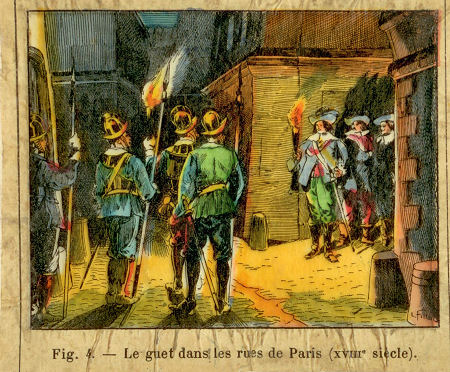 | |
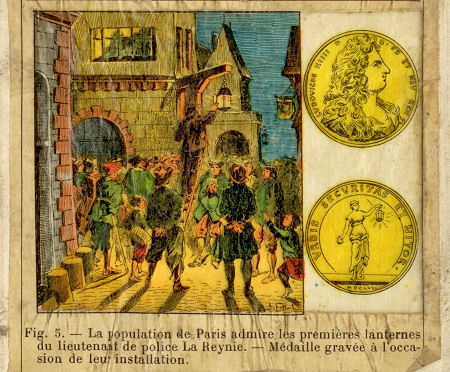 |
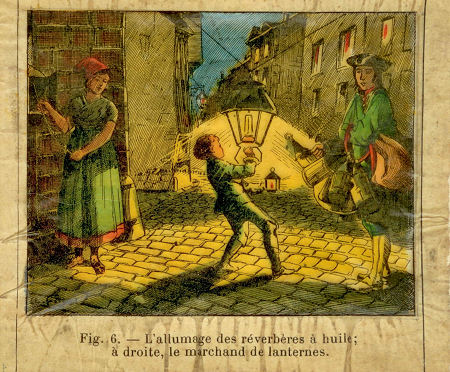 | |
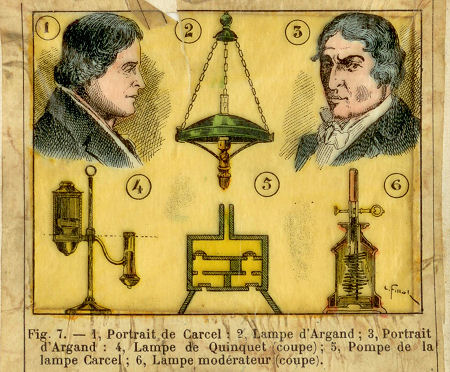 |
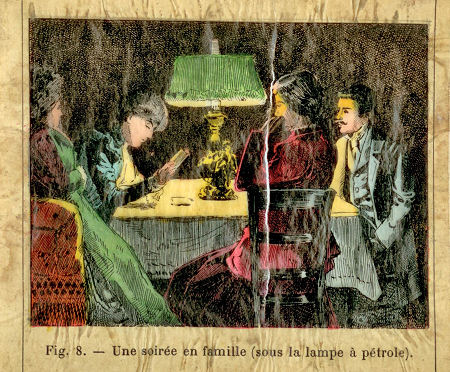 | |
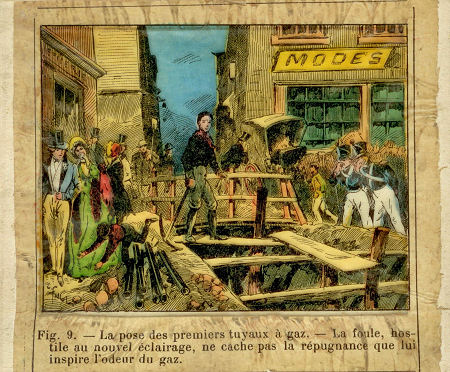 |
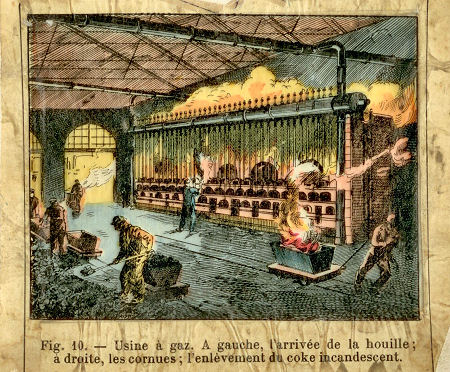 | |
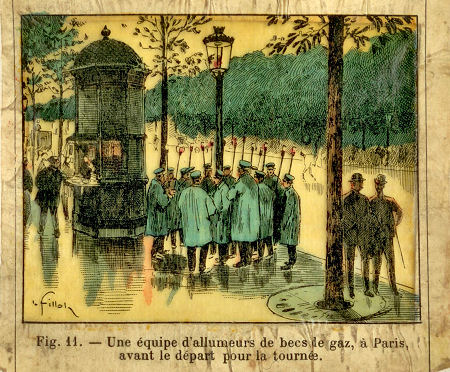 |
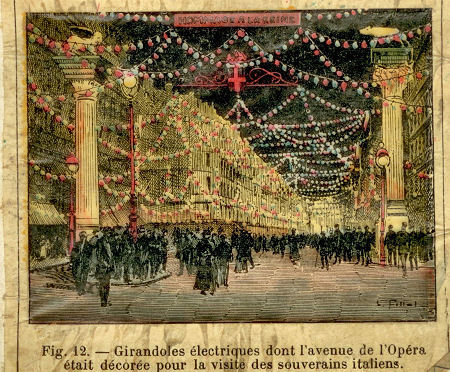 | |
 "M. Durapriat achète un chapeau" (Mr Durapriat buys a head). Set of twelve transparencies, c. 1910. Not signed by the designer. The single slides measure 8.5 x 10 cm. |
||
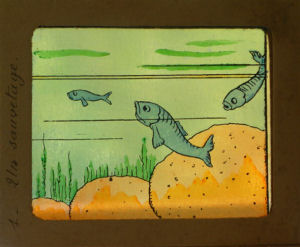 |
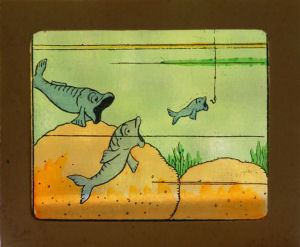 |
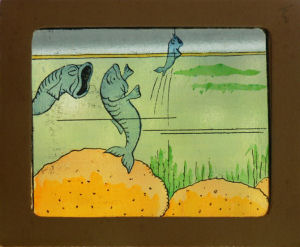 |
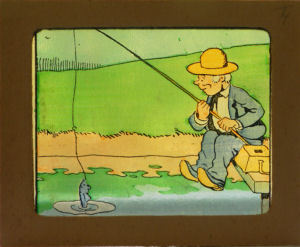 |
 |
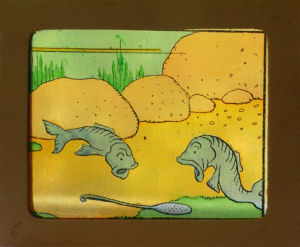 |
 |
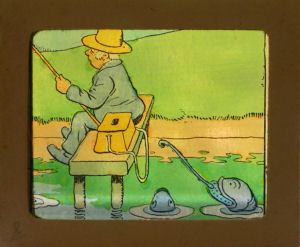 |
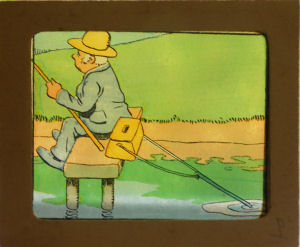 |
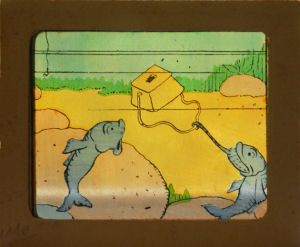 |
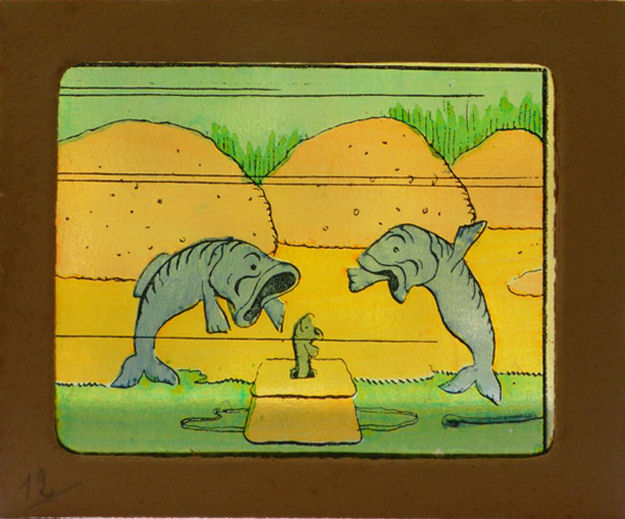 |
|
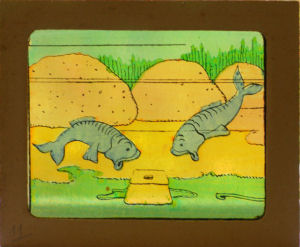 |
||
|
Un Sauvetage, a rescue mission. Twelve transparencies in a
cardboard frame. This set is not signed. |
||
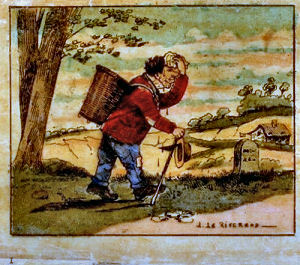 |
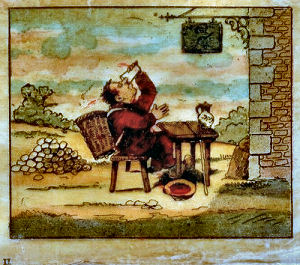 |
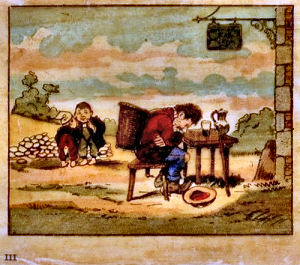 |
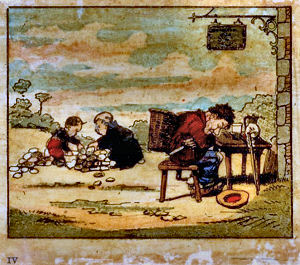 |
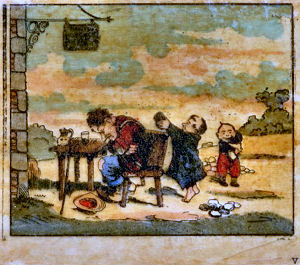 |
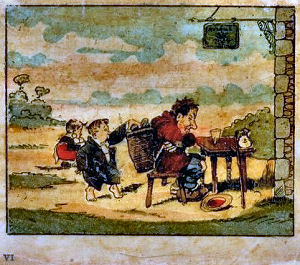 |
 | |
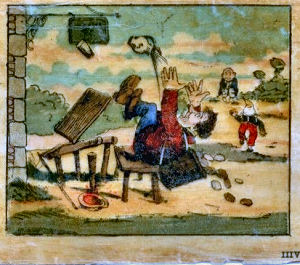 |
Complete set of eight transparencies. The first one is signed by the French artist Louis le Riverend. A couple of naughty boys pull a prank on a poor tired old man. |
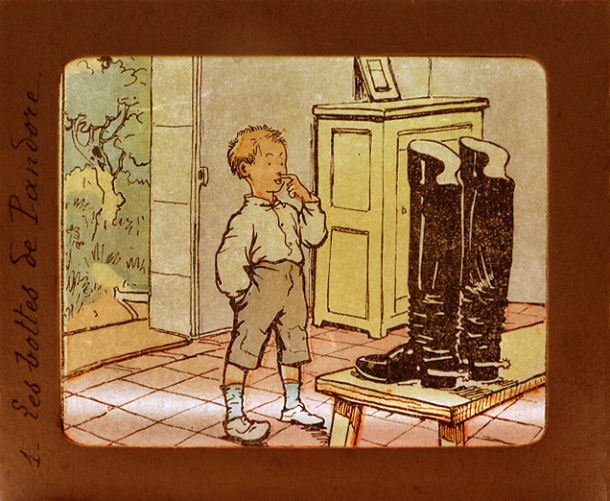 |
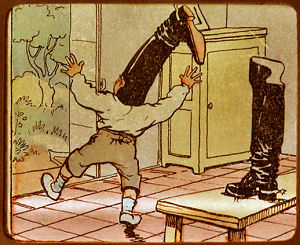 |
|
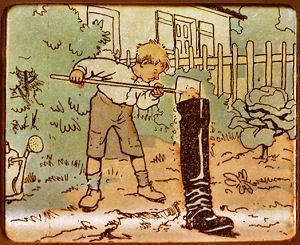 |
||
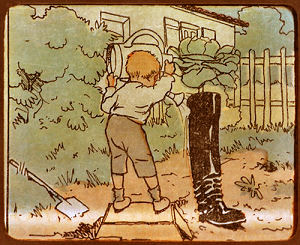 |
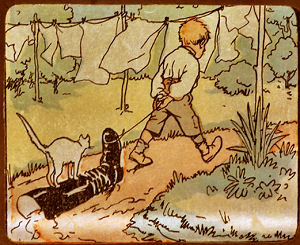 |
 |
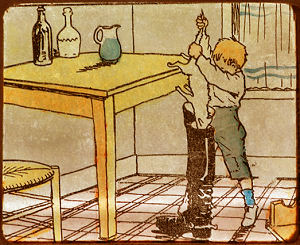 |
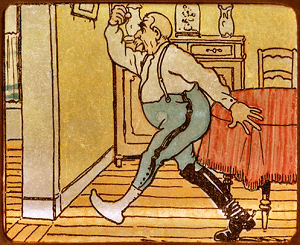 |
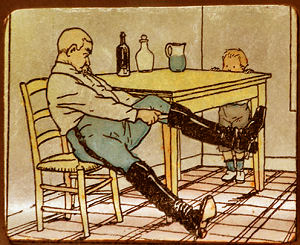 |
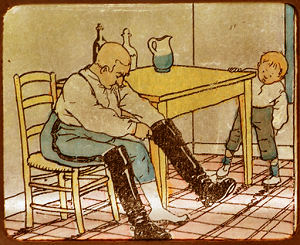 |
 |
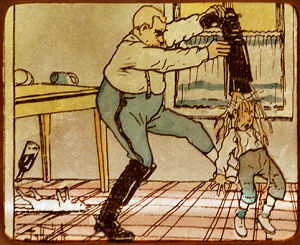 |
| Les Bottes de Pandore (Pandore's boots) A set of 12 magic lantern slides. The artist is possible Rabier but this is not sure and it could be another French artist. Sizes of the lantern slide are 3 1/8" x 3 7/8" (8 x 10 cm) and the image sizes are 2 1/2" x 3 1/8" (6.35 x 8 cm). | ||
Wilhelm Busch in Lichtbildern. Square sheets of a translucent film material with images of the original drawings by Wilhelm Busch, packed in cardboard envelopes measuring about 10 x 10 cm with the texts 'Wilhelm Busch in Lichtbildern', 'Mit Genehmigung der Fr. Bassermann'schen Verlags-Buchh., München', and sometimes the portraits of Max und Moritz on the front. In total about twenty of such envelopes have been released. |
||
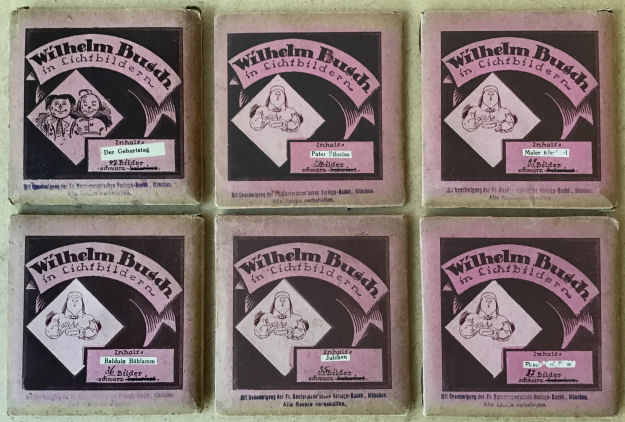 |
These envelopes have appeared with
different stories, the number of film sheets and pictures differs per story. The
images are provided with one to four images. Some stories appeared in colour,
most in black and white. The transparencies had to be clamped between two glass plates (Klappgläser, flap-glasses) before they could be projected. On the back of the envelope is a warning that after a protracted projection one should not remove the film sheet from these glass plates before it is completely cooled, otherwise the film could be damaged by the sudden cooling. |
|
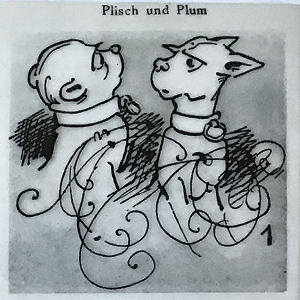 |
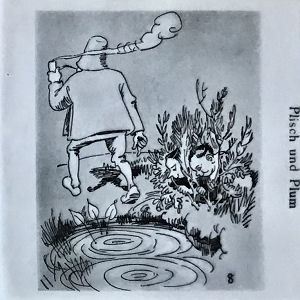 |
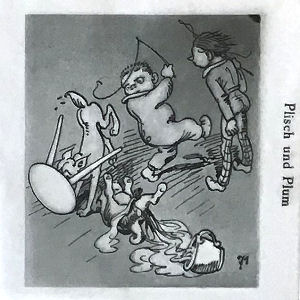 |
| In these sets are always a number of smaller, more or less independent, stories included, as below. We also see clearly on these transparencies that one to four drawings are depicted on one sheet. | ||
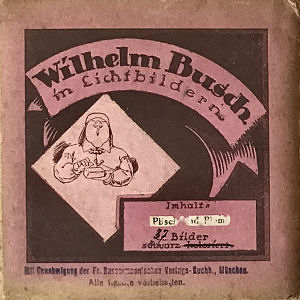 |
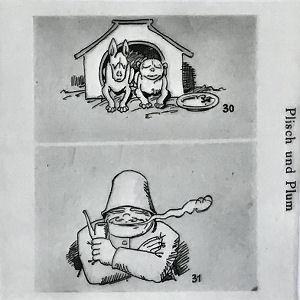 |
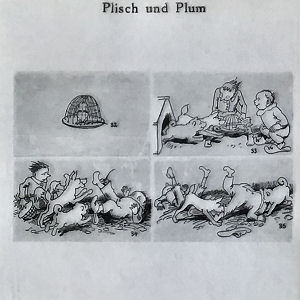 |
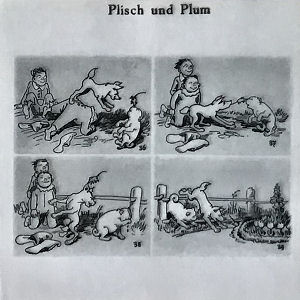 |
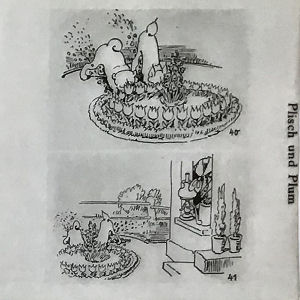 |
 |
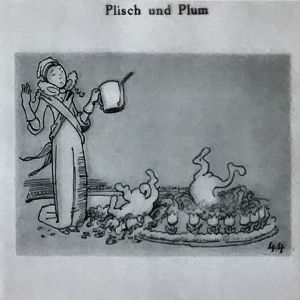 |
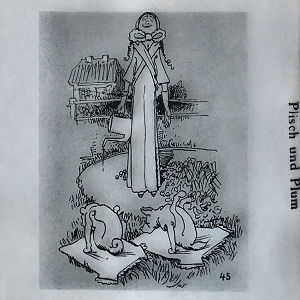 |
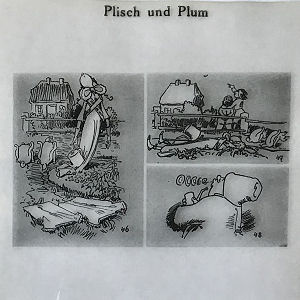 |
|
Transparents from Benjamin Armand Rabier.... |
||
| |
©1997-2025 'de Luikerwaal' All rights reserved. Last update: 09-11-2025. |
|